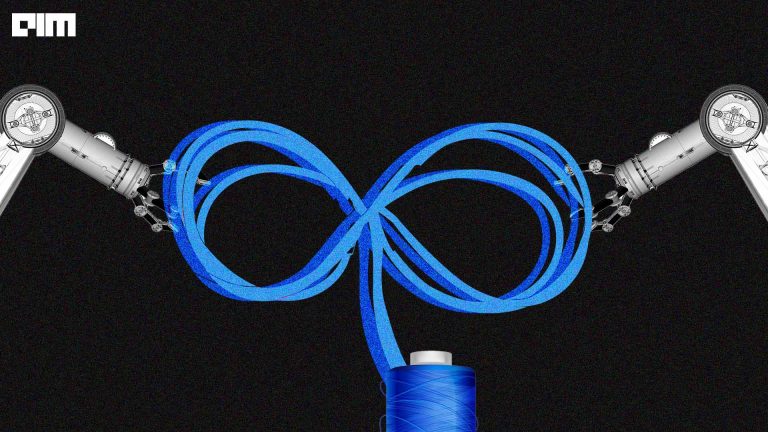Machine Learning engineers work around bias or the offsets in a model by drawing insights from the output, gauging the losses, going through tonnes of data and repeating till agreeable results have been obtained.
This is a traditional process which takes time but works decently. An alternative to this approach is the Lagrangian approach, a mathematical method to find the local maxima and local minima of a function when provided with equality constraints. This too, comes with its own set of complexities.
The unfairness of machine learning algorithms was exposed when they were deployed for manual tasks like hiring, surveillance and other such critical tasks, where the damages can be irreversible. The algorithms treated few groups more favourably than others. This discrimination was due to a number of factors like race, gender and other such sensitive attributes. Usually, a model suffers from bias when the training data has over-represented groups or when the data is scarce.
The training data can display different patterns of unfairness depending on how and why the sensitive attribute influences other variables.
Categorising the variables based on their sensitivity is a daunting task for any data scientist. This requires a deep understanding of both technical and sociological influences.
To identify and address the emergence of unfairness in the algorithms, the researchers at DeepMind release two papers that demonstrate the use of Causal Bayesian networks(CBNs) to visualise and quantify the degree of unfairness.
Visualising Unfairness With CBNs
A Bayesian network is a directed acyclic graph where nodes and edges represent random variables and statistical dependencies.
When equipped with causal semantic, namely when representing the data- generation mechanism, Bayesian networks can be used to visually express causal relationships. More specifically, CBNs enable us to give a graphical definition of causes and causal effect.
Causal Bayesian Networks offer a powerful visual and quantitative tool for expressing the relationships among random variables in a dataset. Here a hypothetical admission scenario is taken as demonstrated by the researchers at DeepMind.
They offer a graphical interpretation of unfairness in a dataset as the presence of an unfair causal path in the causal Bayesian network representing the data-generation mechanism
In this hypothetical admission scenario, applicants are admitted based on qualifications Q, choice of department D, and gender G; and in which female applicants apply more often to certain departments (for simplicity’s sake, we consider gender as binary, but this is not a necessary restriction imposed by the framework.
Source: DeepMind blog
According to the definition, the path G→D→A is causal, whilst the path G→D→A←Q is non-causal.
To visualise the way unfairness emerges in the network, three scenarios were considered:
- Firstly, female applicants voluntarily apply to departments with low acceptance rates, and therefore the path G→D is considered fair.
- Now female applicants apply to departments with low acceptance rates due to systemic historical or cultural pressures, and therefore the path G→D is considered unfair (as a consequence, the path D→A becomes partially unfair).
- Finally, the college lowers the admission rates for departments voluntarily chosen more often by women. The path G→D is considered fair, but path D→A is partially unfair.
Quantifying Unfairness
Causal Bayesian Networks, as described above, give good insights by enabling the visual framework to represent fairness or unfairness in a model.
Not only to visualise but these networks can also be used to measure the degree of unfairness in a model.
Path-specific techniques enable us to estimate the influence that a sensitive attribute has on other variables along specific sets of causal paths. This can be used to measure the degree of unfairness on a given dataset in complex scenarios in which some causal paths are considered unfair whilst other causal paths are considered fair.
Most fairness definitions express properties of the model output with respect to sensitive information, without considering the relations among the relevant variables underlying the data-generation mechanism.
In spite of showing promising results, there are challenges that will surface when the above approach is deployed. One such challenge being the identification of a CBN that describes a certain dataset generation with great accuracy.
As machine learning continues to be embedded in more systems which have a significant impact on people’s lives and safety, researchers insist that it is of great responsibility for machine learning practitioners to tackle potential biases embedded in how training data sets are generated.





















































































